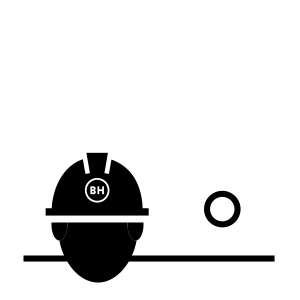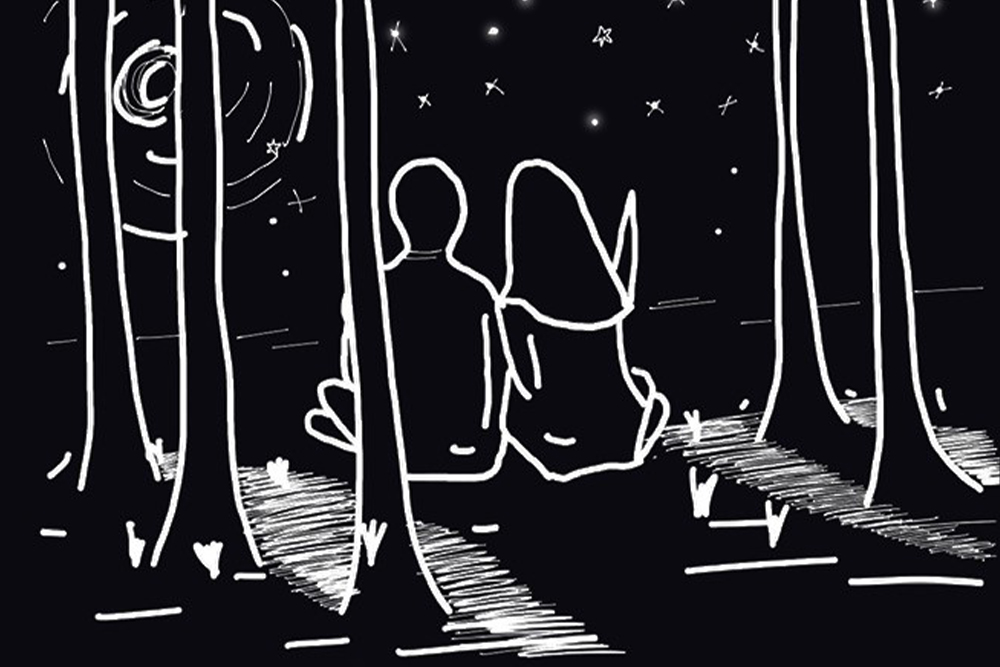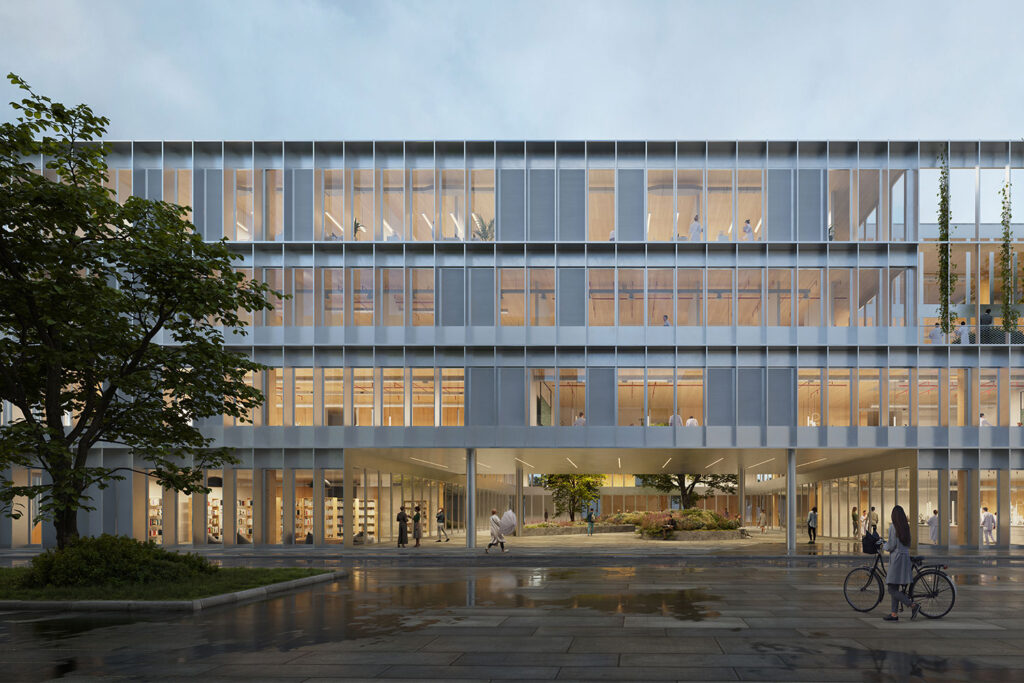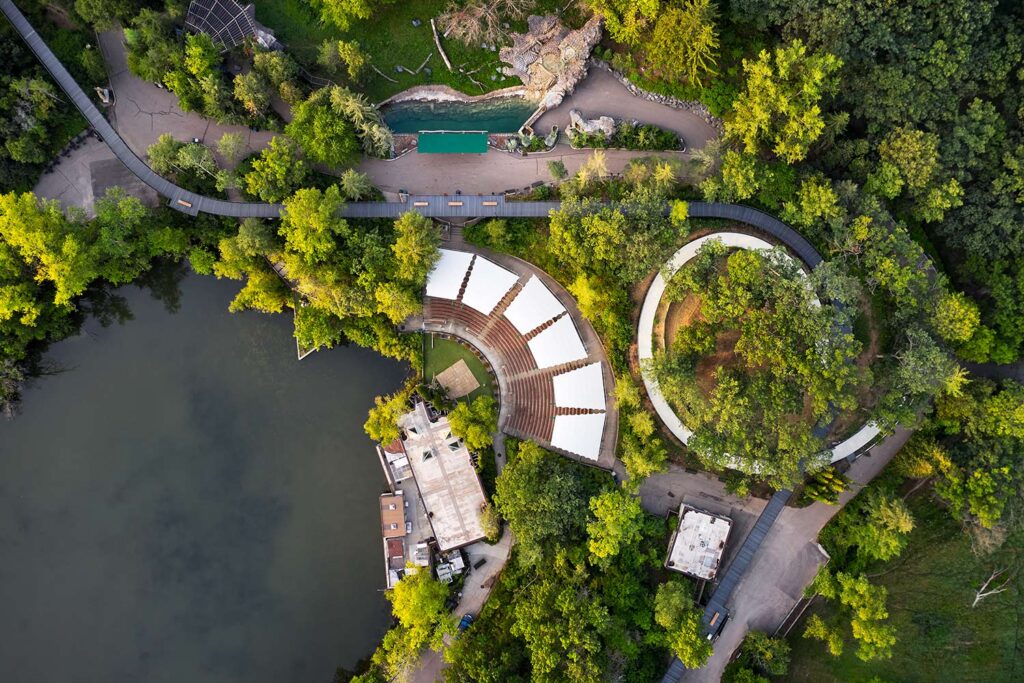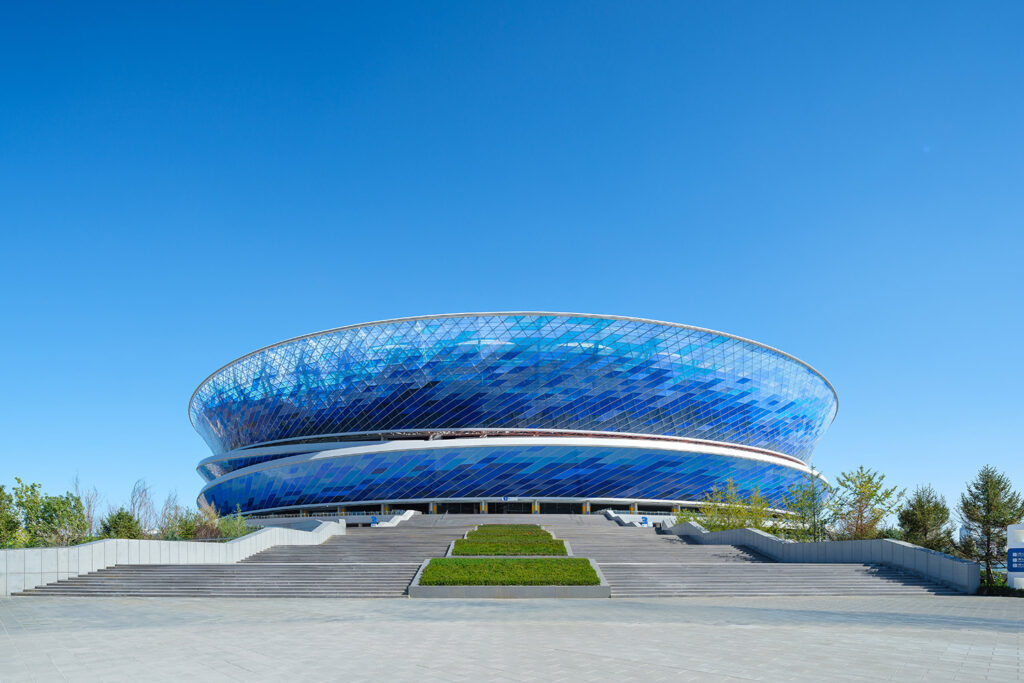
Sharjah Safari
Dhaid, UAE
Project details
Client
HH Ruler’s Court
Architect
The Architect of the Ruler of Sharjah
Duration
2021-2022
Services provided by Buro Happold
Sharjah Safari is an ambitious new tourist attraction in the city of Dhaid in the Sharjah region of the United Arab Emirates.
The sprawling 8km2 wildlife park is located within the Al Bridi Nature Reserve and will house more than 120 species from elephants to giraffes to the endangered black rhino, as well as providing a showcase of 1,000 native and African trees.
Challenge
But with temperatures regularly surpassing 40C during the summer months, the thermal comfort of both the animals and the visitors was a key consideration.
Buro Happold was engaged to provide structural engineering consultancy for the design and development of a series of bespoke shading structures at a range of locations across the site. These included provided shading for visitors at the outdoor amphitheatre venue, through to providing naturalistic shading for the elephant enclosure, which is sited in the exposed expanse of a former quarry.

The 65m-span amphitheatre required a shading structure with minimal interference from pillars, in order to mitigate against blocking access routes or losing the lines of sight for the audience watching bird displays at the venue. There was also a desire to avoid the use of single membrane shade structures, as some sunlight would be needed to nourish the planting and grass beneath.
Shading structures for the elephant enclosure would need to be designed to be sufficiently robust enough to not be vulnerable to being pushed over by the elephants. A creative approach would need to be taken to develop features that were sufficiently large and resilient, without being too visually imposing on the site.


Solution
Our experts initially conducted a series of solar studies to inform the design of the shade structures and ensure they are able to provide the maximum possible level of protection. We used the results to inform the optimum shape for the shading structures that would provide sufficient flexibility to produce shade for the seating at different times of the day.
For the amphitheatre, we needed to ensure that the structure would not be overly dominant in its aesthetic impact on the amphitheatre. The solution we devised was a crescent-shaped steel framework raised on six discreet landing points at 25m apart. Within this grid a series of tensile membrane canopies are responsive to the dome-like profile of the arch.

The gaps between the shading allow both for sufficient sunlight to permeate to the grass below, and also for a flow of air movement to enable a breeze to reach the audience.
We also supported the client with the design for a bird tower beside the amphitheatre. This 12m-tall structure is designed for the launching of birds of prey into the auditorium. It reuses a series of reclaimed wooden telegraph poles to form its structure and facade.
The shading for the elephant enclosure has been designed to mimic a series of trees. These concrete columns open out to “branches” that contain a large bowl, where plants have been placed. As they grow, the impression of a tree will be further emphasised by the addition of this new foliage.
A series of fabric shade structures are stretched between these “tree” features, providing critically important shaded areas where the elephants can keep cool at the hottest times of the day. The concrete “tree” columns have been designed to be sufficiently robust to be able to withstand the forces associated with a mischievous African elephant.
We also provided some technical assessments for the materials being used for the main aviary, which was designed by Tensys Group, as well as conducting some redesigns and repairs to a pre-existing minor aviary structure that had been damaged in a storm.

Value
The new safari park opened to the public in February 2022. The range of spaces across the expansive site have been carefully designed to support the comfort of animals and visitors alike – the shading structures developed by our team are key to providing that reliable level comfort even in the hottest months of the UAE summer.
Buro Happold has provided elegant and well designed solutions in a professional and sensitive way. They bring enthusiasm – you feel that Buro Happold treat each project as special. I go to them when I have an architecturally significant, high-profile problem – I consider them as architect-engineers
Peter Jackson FRIBA, HH Ruler’s Office, Sharjah



